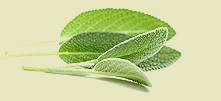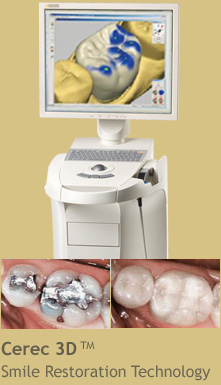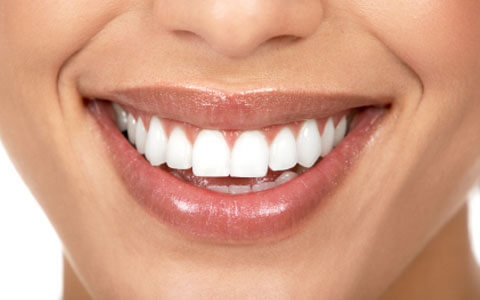Dental Terms
Brushing and Toothpaste South London
Unlocking the Importance of Brushing
Discover the key to removing harmful plaque, that thin and sticky film of bacteria, from your teeth and gums. Regular and proper brushing is the single best way to maintain optimal oral hygiene.
Choosing the Right Brushing Technique
With numerous brushing techniques available, it's essential to find the one that suits your unique mouth, including your teeth alignment and gum condition. Consult with Dr. Zhugang Zheng at Dr. Zhugang Zheng Dental Office in South London to determine the most appropriate brushing technique for your oral health.
Generally, a circular brushing technique is recommended by most dentists. This approach involves brushing a small group of teeth at a time, ensuring comprehensive coverage of your entire mouth. Avoid using a back-and-forth motion, as it may lead to:
- Receding gum surfaces
- Exposed and tender root surfaces
- Wearing down of the gum line
Instead, follow Dr. Zhugang Zheng's advice from Dr. Zhugang Zheng Dental Office in South London:
- Step 1: Position the toothbrush at a 45-degree angle next to your teeth.
- Step 2: Gently brush a small group of teeth at a time using circular or elliptical motions, covering your entire mouth.
- Step 3: Brush the outer and inner surfaces of teeth, chewing surfaces, and the spaces between each tooth.
- Step 4: Gently brush your tongue to remove bacteria and freshen your breath.
- Step 5: Repeat steps 1 through 4 at least twice daily, particularly after meals and snacks.
Choosing the Right Toothbrush
The ideal toothbrush features a small head, roughly 1 inch by 1/2 inch, with a handle that's easy to grasp firmly. Bristles should be soft, rounded at the ends, and made of nylon to ensure they reach between teeth and cover surfaces adequately. Avoid brushes with medium or hard bristles, as they can be abrasive and damage tooth enamel.
Establishing a Brushing Routine
For optimal oral health, it's generally recommended to brush at least twice a day for three to four minutes during each session. Many people mistakenly believe they brush long enough, when in reality, most spend less than one minute brushing. Instead, focus on thorough brushing twice daily, as it's more effective than quick, frequent brushing throughout the day.
Dr. Zhugang Zheng at Dr. Zhugang Zheng Dental Office in South London suggests incorporating brushing into your daily routine, whether at work, school, or play. Keeping a toothbrush accessible in your desk or backpack increases the likelihood of daytime brushing.
Understanding Toothpaste
Toothpaste, also known as dentifrice, consists of various cleaning ingredients in approximate percentages:
- Humectant and water - 75%
- Abrasive - 20%
- Foaming and flavoring agents - 2%
- pH buffers - 2%
- Coloring agents, binders, and opacifiers - 1.5%
- Fluoride - 0.24%
Facts About Toothpaste
Brushing with toothpaste, especially fluoride toothpaste, offers a range of benefits:
- Plaque removal
- Decay prevention
- Promotion of remineralization
- Teeth cleaning and polishing
- Stain removal
- Improved breath freshness
Choosing the Right Toothpaste
Fluoride is the primary ingredient to look for in toothpaste. The brand and type (paste, gel, or powder) are generally less critical as long as fluoride is included. All fluoride toothpastes effectively combat plaque, prevent cavities, and enhance enamel cleaning and polishing. Look for the ADA (American Dental Association) seal of approval on the toothpaste container, which signifies evidence of safety and efficacy proven in controlled clinical trials.
Some toothpaste varieties offer tartar control pyrophosphates to prevent soft calculus buildup, while others provide whitening formulas to safely remove stains and brighten teeth. However, fluoride remains the vital active ingredient for robust teeth protection.
Contact Dr. Zhugang Zheng Dental Office for Your Dental Care in South London
If you're ready to prioritize your oral health with proper brushing techniques and the right toothpaste, schedule your appointment with Dr. Zhugang Zheng at Dr. Zhugang Zheng Dental Office by calling (519) 680-1880. Our practice is conveniently located at 141 Wharncliffe Rd. in South London, ON. Let us guide you towards a healthier smile.
You might be interested in...





